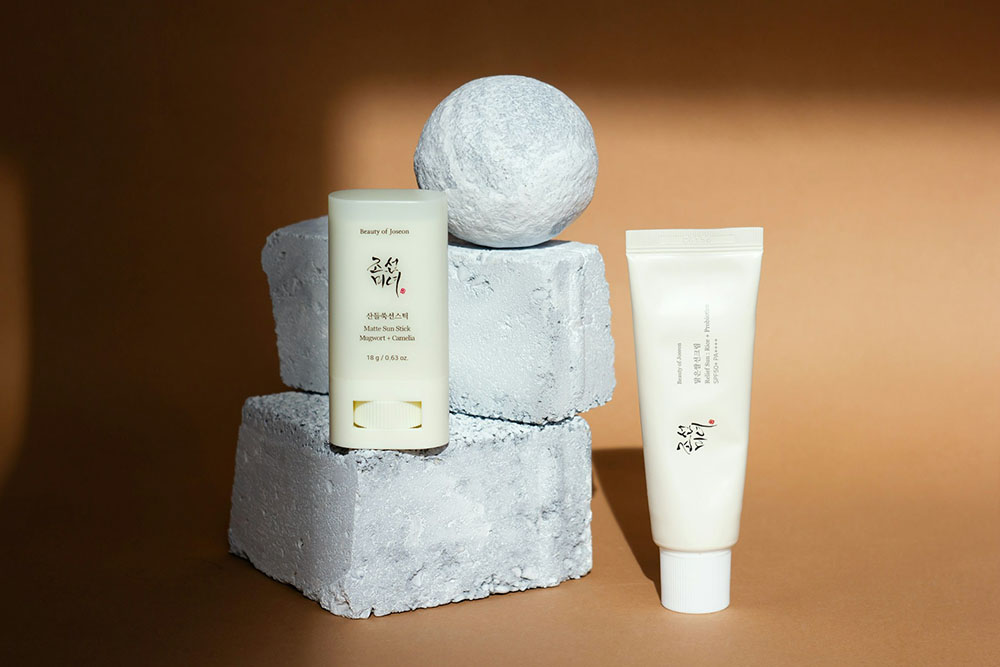
Sunscreen isn’t just a summer accessory—it’s a daily essential. Whether you’re basking in the sun or sitting by a window on a cloudy day, UV rays don’t take a break. But with so many options on the market, choosing the right sunscreen can feel overwhelming. SPF numbers, chemical versus mineral formulas, water resistance, tinted options… it’s easy to get lost in the jargon.
This guide is here to help you cut through the noise and find a sunscreen that fits your skin, your lifestyle, and your preferences. No fluff, no marketing hype—just practical advice that actually makes sense.
Why Sunscreen Is Non-Negotiable
Let’s start with the basics. Sunscreen protects your skin from ultraviolet (UV) radiation, which comes in two main forms: UVA and UVB.
UVA rays penetrate deep into the skin and contribute to premature aging, wrinkles, and even skin cancer. UVB rays are responsible for sunburn and also play a role in skin cancer development. Sunscreen acts as a barrier, either absorbing or reflecting these rays before they can damage your skin.
And yes, you need sunscreen even on cloudy days, and even if you’re indoors near windows. UV rays are sneaky like that.
Step One: Understand Your Skin Type
Your skin type is the foundation of your sunscreen choice. If you have oily or acne-prone skin, look for oil-free and non-comedogenic formulas that won’t clog your pores. Gel-based sunscreens or those with a matte finish tend to feel lighter and more comfortable.
Dry skin benefits from cream-based sunscreens that include hydrating ingredients like hyaluronic acid or glycerin. These help lock in moisture while providing protection.
Sensitive skin? Go for mineral sunscreens with zinc oxide or titanium dioxide. These are gentler and less likely to cause irritation. Fragrance-free and alcohol-free options are also safer bets.
If your skin is generally balanced and not prone to issues, you have more flexibility. Focus on texture and finish—whether you prefer something dewy, matte, or invisible.
Step Two: Decode SPF and Broad-Spectrum Protection
SPF stands for Sun Protection Factor. It tells you how well a sunscreen protects against UVB rays. SPF 30 blocks about 97% of UVB rays, while SPF 50 blocks around 98%. Higher SPFs offer slightly more protection, but no sunscreen blocks 100%.
More important than the number is whether the sunscreen offers broad-spectrum protection. That means it shields you from both UVA and UVB rays. Always look for that label—it’s non-negotiable.
Step Three: Chemical vs. Mineral Sunscreen
This is one of the most confusing parts for many people. Chemical sunscreens contain ingredients like avobenzone, oxybenzone, and octocrylene. These work by absorbing UV rays and converting them into heat. They tend to be lightweight, blend easily into the skin, and are often preferred for daily wear under makeup.
Mineral sunscreens, on the other hand, use zinc oxide or titanium dioxide to physically block UV rays. They sit on the skin’s surface and reflect sunlight. These are ideal for sensitive skin and children, but they can sometimes leave a white cast—especially on darker skin tones.
If you’re unsure, try both types and see which feels better. Some people even use mineral sunscreen on their face and chemical sunscreen on their body.
Step Four: Match Your Sunscreen to Your Lifestyle
Your daily routine matters. If you spend a lot of time outdoors, especially swimming or sweating, choose a water-resistant sunscreen. These are labeled with either 40 or 80 minutes of water resistance, meaning they’ll stay effective for that long before needing reapplication.
If you wear makeup, look for sunscreens that layer well underneath foundation or opt for tinted sunscreens that double as light coverage. For minimalists, a moisturizer with SPF might be enough for days with limited sun exposure.
Also consider how often you’re willing to reapply. If you’re out all day, sprays and sticks are convenient for touch-ups. If you’re mostly indoors, a single morning application might suffice—though dermatologists still recommend reapplying every two hours.
Step Five: Texture, Finish, and Tint Preferences
Sunscreens come in many forms: creams, gels, sprays, sticks, and even powders. Creams are great for dry skin and offer thorough coverage. Gels feel lighter and are ideal for oily skin. Sprays are convenient but require generous application to be effective. Sticks are perfect for on-the-go touch-ups, especially on the nose, ears, and around the eyes.
Tinted sunscreens are a favorite for many—they even out skin tone, offer light coverage, and eliminate the white cast that some mineral sunscreens leave behind. If you’re looking for a makeup-sunscreen hybrid, this is a great option.
Choose a texture that feels good on your skin. If it’s greasy, sticky, or heavy, you’re less likely to use it consistently—and consistency is key.
Step Six: Read the Ingredient List
Ingredients matter, especially if you have sensitive or reactive skin. Look for zinc oxide or titanium dioxide if you want mineral protection. For chemical sunscreens, avobenzone and octocrylene are common and generally well-tolerated, though oxybenzone may cause irritation for some.
Bonus points if your sunscreen includes antioxidants like vitamin C or E—they help fight free radicals and offer extra skin benefits.
Avoid alcohol, synthetic fragrances, and parabens if your skin is easily irritated. And always check the expiration date—expired sunscreen loses its effectiveness.
Step Seven: Patch Test and Observe
Before committing to a new sunscreen, do a patch test. Apply a small amount to your inner arm and wait 24 hours. If there’s no reaction, it’s likely safe for your face.
Also pay attention to how it wears throughout the day. Does it pill under makeup? Make your skin greasy? Leave a white cast? These are clues to whether it’s a good match for you.
Final Reminders
- Reapply sunscreen every two hours, especially after swimming or sweating.
- Use about a nickel-sized amount for your face.
- Don’t forget your ears, neck, and hands—they’re often overlooked but just as vulnerable.
- Store sunscreen in a cool, dry place and replace it if it’s expired.
